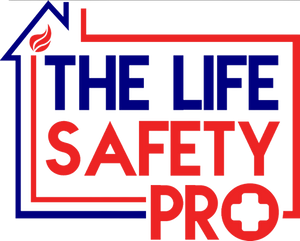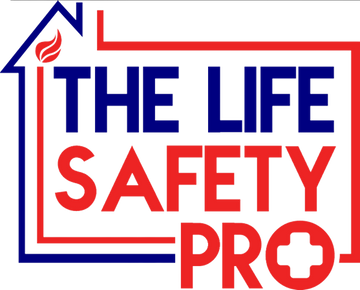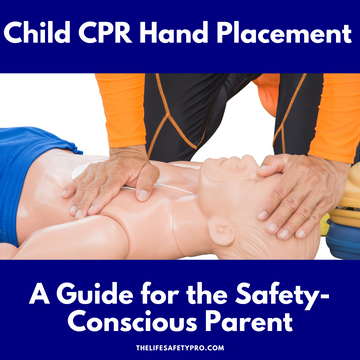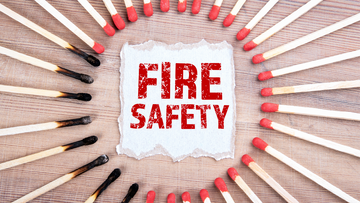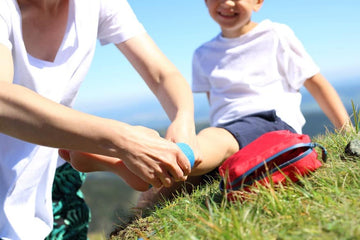What you need to know about Cardiac Arrest and Commotio Cordis in Children's Sports
by Jeremy Manke on Jan 04, 2023
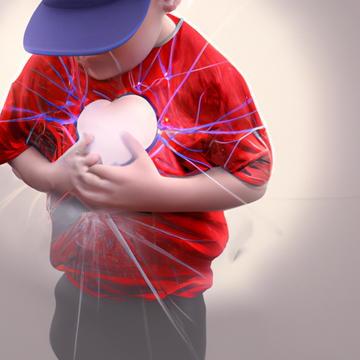
What you need to know about Cardiac Arrest and Commotio Cordis in Children's Sports
After Pittsburgh native and Professional Football player Damar Hamlin Suffered a Sudden Cardiac Arrest during a Football game, a lot of questions have arisen concerning Cardiac Arrest and Commotio Cordis and what to do if this should ever occur.
Commotio Cordis (CC) is a condition that mainly affects Children ages 5-18 causing them to go into Cardiac Arrest. Treatment would be CPR and early application of an AED.
For parents, coaches, and athletes alike, safety is the number one priority when it comes to sports. While most people think of physical injury as the main concern when it comes to playing sports, other risks can come into play—particularly when it comes to children participating in sports.
One such risk is commotio cordis (CC), a heart condition that can be triggered by a sudden blow to the chest during physical activity. Let’s take a look at what CC is and how it can affect kids who participate in sports.
What Is Commotio Cordis?
Commotio cordis is an uncommon but serious condition caused by a sudden blow or impact to the chest. This type of trauma triggers an abnormal electrical rhythm in the heart which can lead to cardiac arrest and even death if not treated quickly.
According to research from The American Heart Association (AHA), commotio cordis occurs most commonly among children between 5-18 years old with baseball being the most common sport associated with this condition.
Prevention Strategies for Commotio Cordis
The best way to prevent commotio cordis from occurring is through education and prevention strategies that focus on reducing contact in certain sports.
The AHA recommends these strategies for minimizing the risk of CC:
• Requiring protective gear during practice sessions and games;
• Avoiding intentional body checking;
• Limiting contact drills during practice sessions;
• Enforcing rules against intentional head contact;
• Educating players, coaches, parents, and officials on recognizing signs of CC;
• Making sure automated external defibrillators (AEDs) are readily available at practices/games.
It's also important for parents to make sure their child gets regular checkups with a doctor before participating in any type of competitive sport or physical activity. This will help ensure your child has no underlying medical conditions or abnormalities that could put them at greater risk for serious injury or health complications while playing sports.
Additionally, make sure you have an emergency plan in place should a medical emergency occur while your child is playing sports so that you know who to call and where you need to go if something happens.
Understanding Commotio Cordis
In conclusion, understanding commotio cordis and taking proactive steps towards prevention are key elements for protecting young athletes from this potentially life-threatening condition.
Education about proper protective gear usage as well as enforcing rules against intentional body checking can go a long way towards ensuring children stay safe while enjoying their favorite sport or physical activity.
Learning to recognize the signs of Cardiac Arrest early and knowing how to perform Children's CPR and use an AED are important steps to help should Cardiac Arrest or commotio cordis (CC) occur.
As always, if you have any questions or concerns about your child’s health and safety while playing sports, consult with your doctor for more information on how you can best protect them from harm’s way.
Contact The Life Safety Pro today to set up a CPR Training course for your sports organization.
